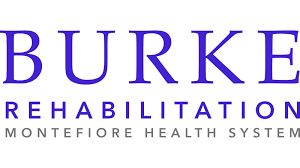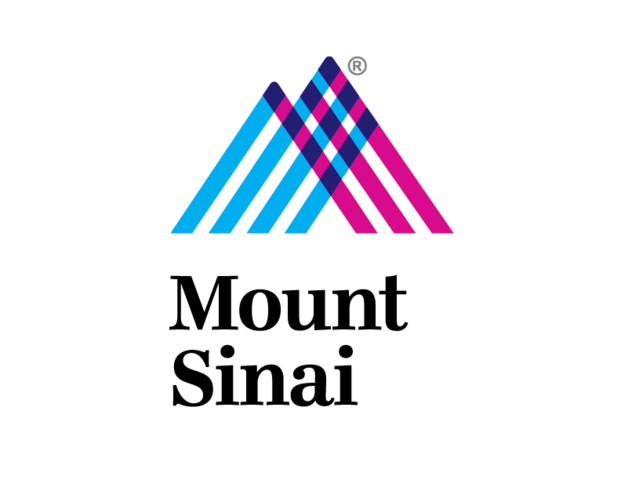So just how does drawing, writing poetry, or playing a violin, help seniors function better and improve their memories? TTAP facilitates the development, maintenance, and expression of an appropriate lifestyle for individuals with limitations (illness, disabilities, aging). It provides opportunities for all seven styles of learning (the world player, the questioner, the visualizer, the music lover, the mover, the socializer, and the individual) and simultaneously stimulates all areas of the brain.
Theme programming is a process that facilitates creative thinking, then brainstorming, and finally implementation. The client’s input is significant: it gives the individual an opportunity within a group to express individual thinking, and it promotes interaction with others and sharing of one’s self. This technique enhances participation, allows for individualization, and maximizes self-esteem.
My research demonstrates what had been hypothesized, that memory processing at the neuronal level of the hippocampus takes place only in the presence of the neurotransmitter acetylcholine. With cerebral cell loss and a decrease in the amount of acetylcholine in and around the hippocampus as a result of the aging of the brain, individuals experience loss of memory and their memory functions are dramatically compromised.
There are 11 areas of the brain, each needing to be stimulated. Brain research indicates that the brain can make new cells when stimulated and that the brain can be stimulated in three different areas: the affective system, the strategic system, and the recognition system.
If the brain receives continued stimulation through activities that range from crossword puzzles to chess to painting to dance to music to reading, then cell growth is fostered, thereby keeping the brain connections alive, flowing, and multiplying. Understanding the geography of the brain allows the specific regions that respond to specific stimulation to be identified and used for the implementation of specific activities.










